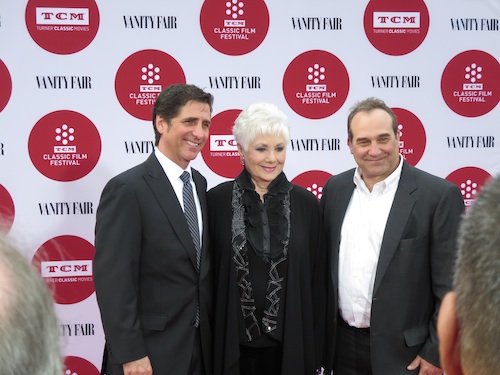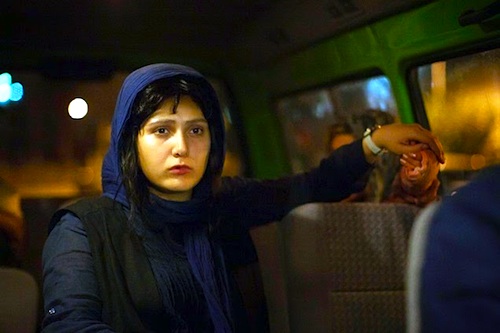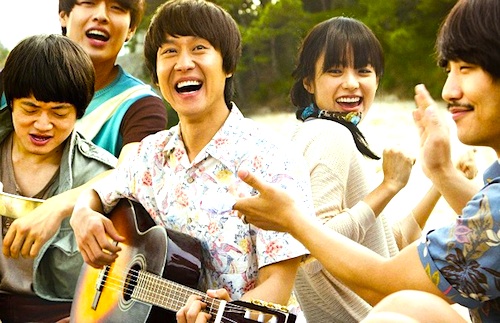[Editor’s Note: An updated version of this post appears today at The Huffington Post]
By Govindini Murty & Jason Apuzzo. What makes something a classic? It’s a question worth asking as Hollywood devotes ever more of its resources to remaking movies, TV shows, and comic books from the past as the majority of our movie content today. Not that we mind the odd sequel (we’re definitely looking forward to Spectre and Star Wars) – but 2015 will see an unprecedented number of sequels and remakes, including new installments in the Mad Max, Mission Impossible, Jurassic Park, Terminator, Avengers, and Fast and Furious franchises.
If you want a break and would like to see some movies that are truly unrepeatable and non-franchisable, we suggest you check out the upcoming 2015 TCM Classic Film Festival, returning to historic Hollywood from March 26th to March 29th, 2015. It’s a marvelous chance to see some of the world’s classic movies the way they were meant to be seen: on the big screen, and often with their original creators in attendance.

The classic movies shown at the TCM Classic Film Festival are inspiring because they are the result of what can be called “first-order,” direct personal experience. They are not self-referential mash-ups of other people’s work, but are original art works created by some of the cinema’s greatest talents during Hollywood’s Golden Age. The festival is one of the last opportunities our generation will have to encounter first-hand some of Hollywood’s classic film artists – and it’s an opportunity to be very thankful for.
At the 2014 TCM Classic Film Festival, for example, we had the chance to attend the red carpet at the Chinese Theatre and chat with such Golden Age movie stars as Maureen O’Hara, Kim Novak, Tippi Hedren, Shirley Jones, Margaret O’Brien, and George Chakiris. Each of them was charming, gracious, and ready with a witty quip – though none had more quips than legendary funnyman Mel Brooks – who we saw being interviewed by Robert Osborne in the lobby of the Roosevelt Hotel. Continue reading On Being Inspired by Classic Movies at the TCM Classic Film Festival


